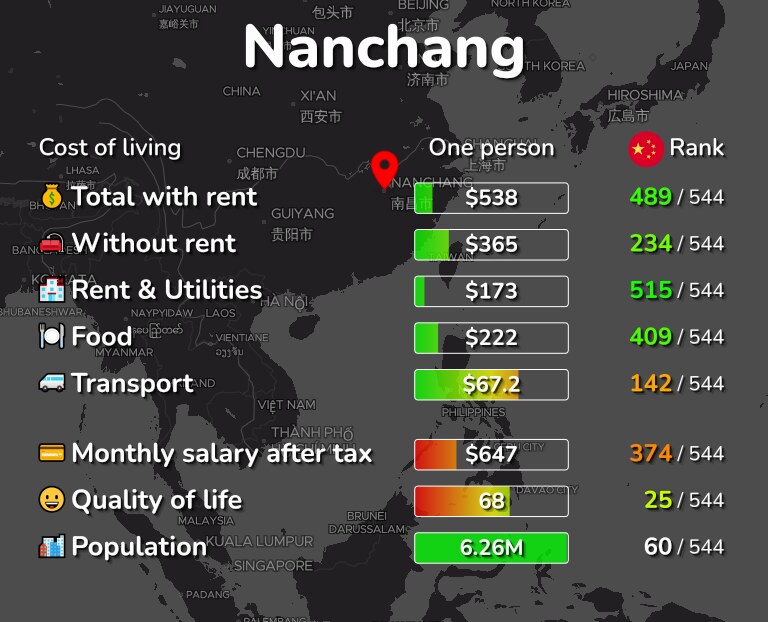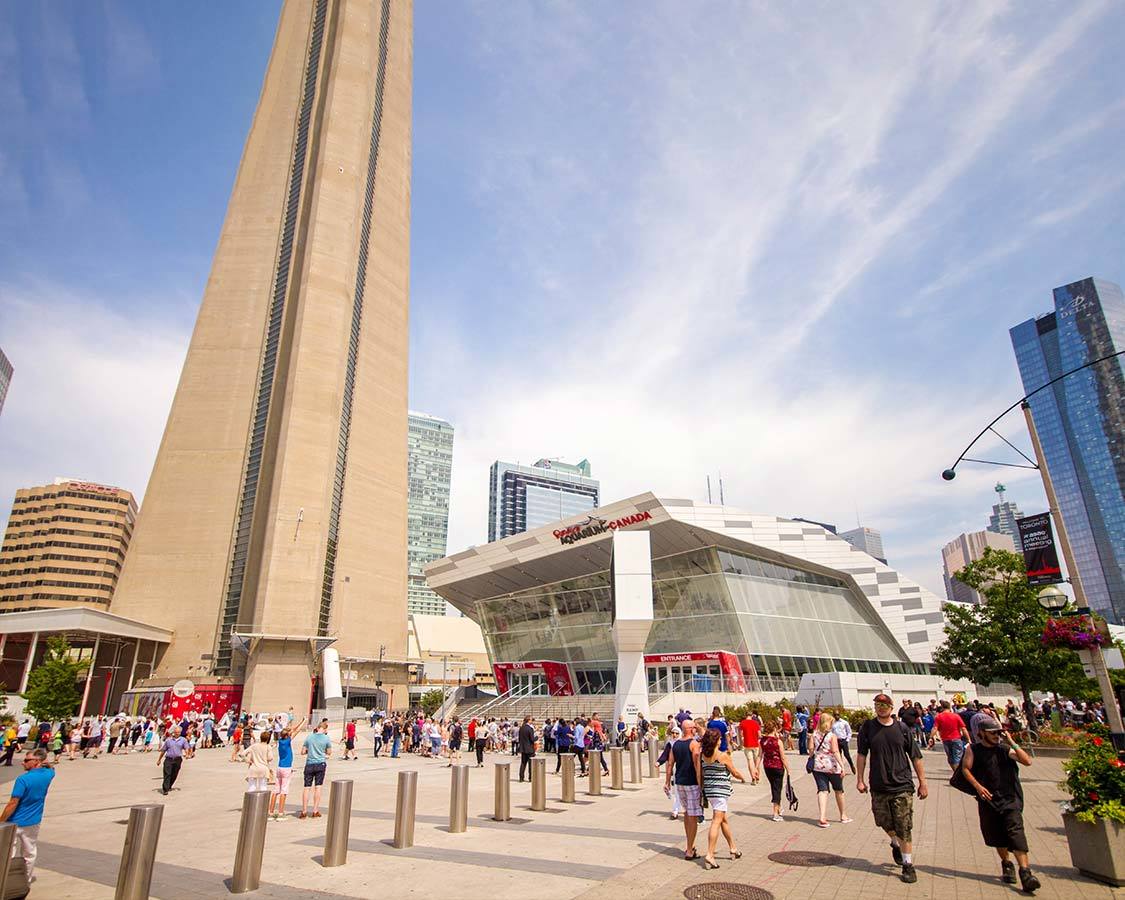Weather and Climate
The three major cities of Texas - Dallas, Houston, and Austin - each have distinct weather patterns that impact daily life. Dallas suffers from scorching summers with average high temperatures exceeding 100°F. Torando season brings additional risks in spring. Winters see freezing temperatures and snow that can cause power outages. Houston deals with relentless heat and humidity year-round. Storms forming in the Gulf of Mexico occasionally make landfall as hurricanes, posing serious flooding risks. Austin has milder temperatures but still hot summers. Overall, its climate is preferable to the extremes of the other cities.

Transportation and Infrastructure
All three metropolitan areas struggle with traffic congestion due to high population growth without sufficient road expansion. Dallas freeway system at least allows for steady movement, if slowly. Houston’s lack of zoning leaves a fragmented road network with many choke points. Austin failed to anticipate its explosive growth, leaving streets overwhelmed. Only Houston has extensive public transportation alternatives, including light rail and buses, to somewhat alleviate car dependency. Investments will be needed in all locations to support 21st century mobility demands.
Culture and Community
Houston stands out for its cosmopolitan, diverse culture with world-class museums, opera, and symphony. A laid back attitude embraces all backgrounds. Dallas presents as more status-conscious with an emphasis on wealth and church affiliation. Austin cultivates a progressive image and thriving live music scene, though real estate prices push out many locals. Overall quality of life depends on personal priorities - those seeking cultural richness or outdoor access may prefer Houston or Austin, while Dallas appeals more to traditional or business-oriented lifestyles.
Economics and Employment
Robust job markets exist across sectors in all three metropolitan regions. Houston leads as the nation’s energy capital and medical center hub, supporting high-paying professional careers. Tech companies cluster in Austin alongside the University of Texas, while corporate headquarters fill office parks in the Dallas-Fort Worth area. Cost of living varies, with Austin generally most expensive and Houston most affordable for comparable positions. Overall, no city lacks opportunities for qualified workers in areas like business, healthcare, or engineering.
Natural Amenities
While hot and humid for much of the year, the Gulf Coast provides recreational access. Houstonians can escapeto Galveston beaches within an hour’s drive. Austin benefits from nearby Hill Country with parks, rivers, and landscapes changing with the seasons. Dallasites must travel farther for leisure activities like skiing or boating. Despite air conditioning reliance, Houstonians enjoy morning and evening coastal breezes not found elsewhere in the state. Outdoor enthusiasts have the most in-state options around Austin and San Antonio.
Conclusion
Each major Texas metropolitan area presents tradeoffs to consider for living and working. No single place satisfies all preferences, and much depends on individual lifestyle priorities. Overall Houston, Dallas, and Austin each have strengths that make them good places to call home, with advantages in career opportunities, amenities, culture or lifestyle fit. Careful self-assessment of needs and values helps determine the best Texas city for each person or family. All provide high quality of life compared to most other regions of the country.

 Living in Nanchang vs Shenyang: An Expat's Perspective
Living in Nanchang vs Shenyang: An Expat's Perspective